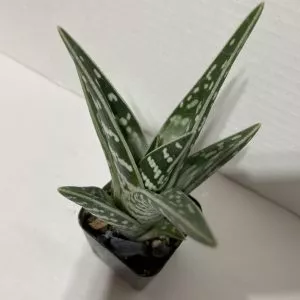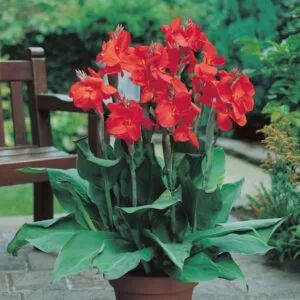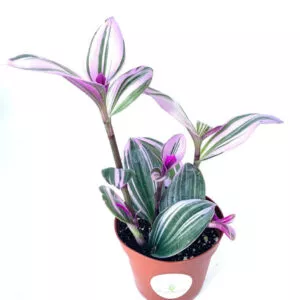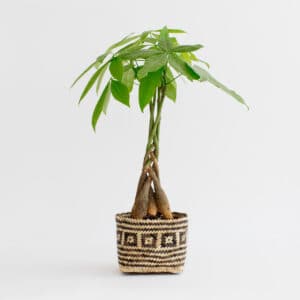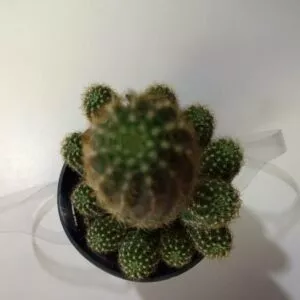No products in the cart.
Table of Contents
The vivid pink-splashed leaves of the Pink Princess Philodendron have made it one of the most coveted indoor plants. Plant collectors and enthusiasts are longing to have this grown indoors, flaunting their pink princess into a larger decorative pot to even more look stunning. With the right care and conditions, anyone can cultivate this tropical, pink beauty showstopper in their home.
Fun Fact About Pink Princess Philodendron
The pink princess philodendron, with the botanical name Philodendron erubescens, is the product of hybridization efforts that combined Philodendron erubescens, which hails from Colombia and the Caribbean, and Philodendron schottianum, which is native to coastal Brazil. These two tropical philodendron species were bred together to produce the pink princess’s distinctive swirled foliage and tolerance for indoor environments.
Philodendron erubescens is also called “blushing philodendron” or red leaf philodendron. A flowering plant in the Araceae family.
So while the pink princess philodendron is cultivated as a houseplant worldwide, it does not actually exist naturally in the wild. Surprise! The princess owes its exotic tropical good looks to its South American heritage as a hybrid of two Brazilian and Colombian native philodendrons. Its lush growth and pink-speckled leaves reflect generations of specialized breeding work to produce one-of-a-kind indoor plants.
Though not a true species, the pink princess philodendron has earned its place as botanical royalty through the efforts of houseplant hybridizers. Its regal colors and forms will continue gracing indoor collections as a manmade yet beautiful tropical plant.
Check the table below for a quick pink princess philodendron care guide.
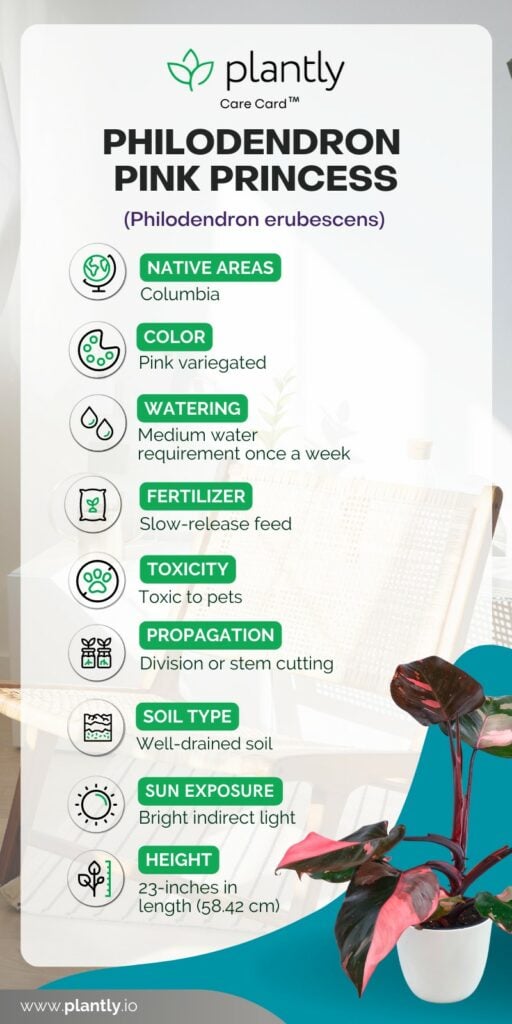
Pink Princess Philodendron Care
Though not always accessible or affordable, the pink princess philodendron is within reach for any grower armed with the proper care tips. Whether you’ve finally added one of these regal philodendrons to your collection or have had one for years, this guide will help you cultivate lush growth and keep the vibrant colors on full display.
Caring for these prized houseplants is a rewarding journey that any plant parent would feel honored to embark on. Read on below:
Soil mix for philodendron pink princess
Finding the perfect potting medium for your pink princess philodendron is key to keeping those colorful leaves happy. This princess requires a well-draining soil fit for royalty!
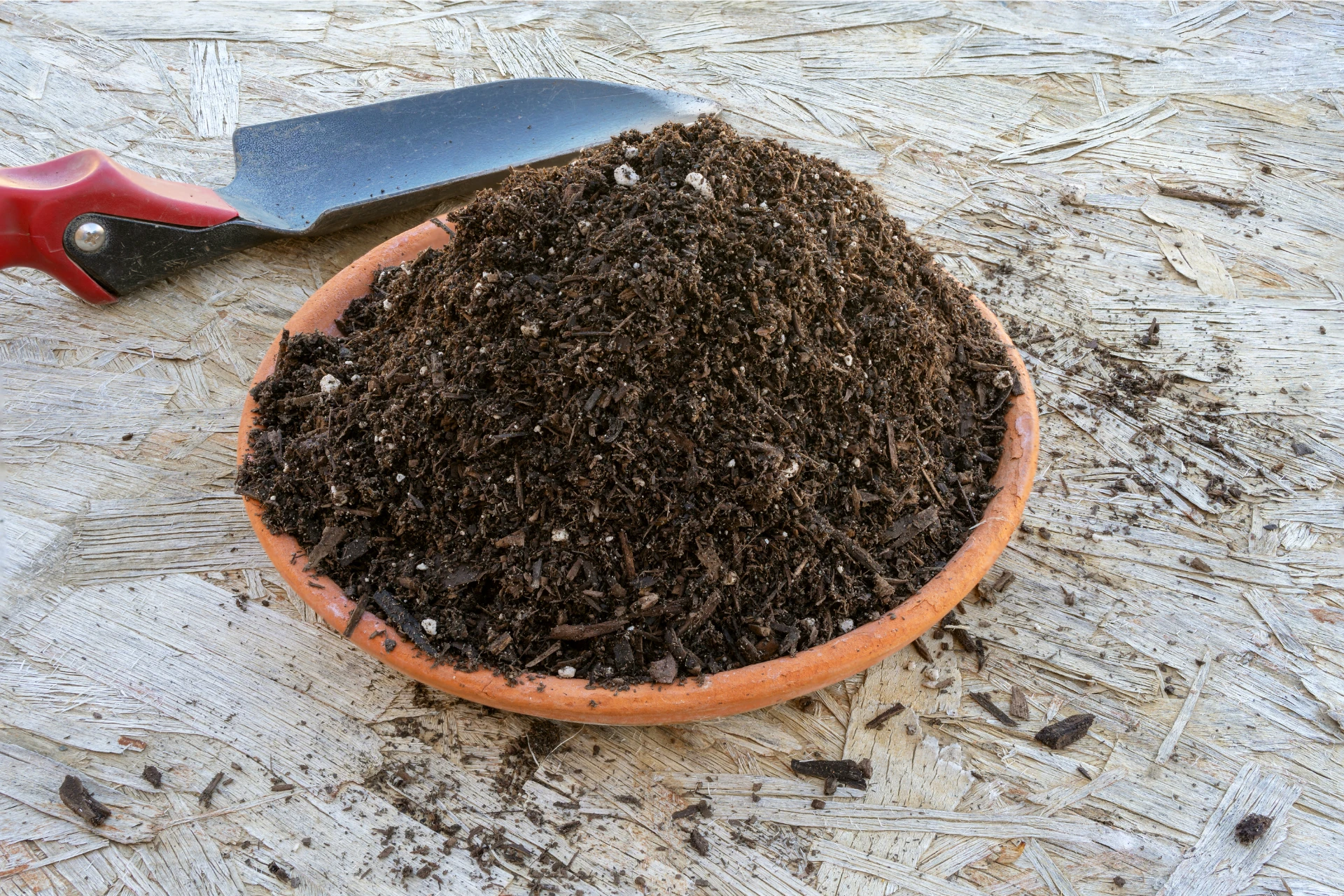
To create the ideal mix, combine nutrient-rich potting soil with orchid bark for drainage and aeration. The philodendron prefers a lightweight, fluffy texture that dries out moderately between waterings. Orchid bark provides the perfect chunky addition to create air pockets for the roots while also allowing excess moisture to flow right through.
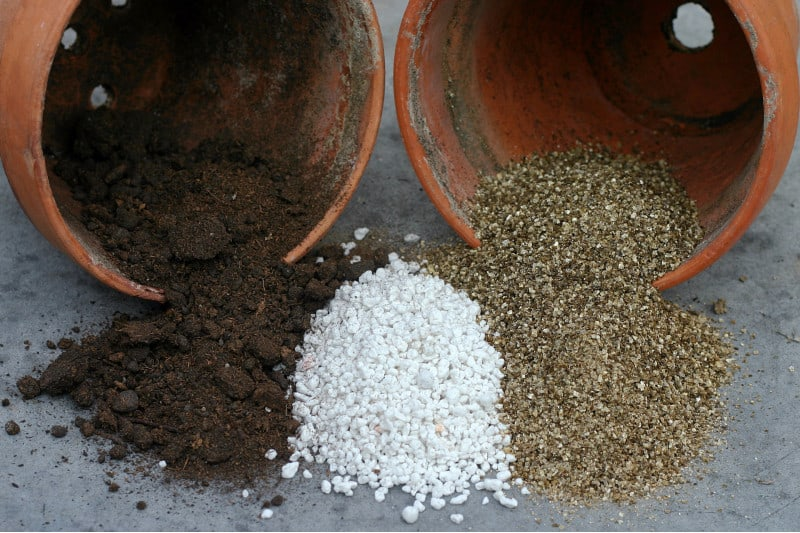
You can also amend regular potting soil with perlite, pumice, or coconut coir to achieve a loose, well-draining blend. Avoid heavy, dense soils that hold too much water and suffocate the roots. The pink princess craves a mix reminiscent of the humid, free-draining tropical jungle!
Aim for a potting medium that retains some moisture but also allows excess water to easily drain away. Combining standard potting soil with lightweight bark creates the ideal balance of moisture retention and airflow. With the perfect royal potting blend, your pink princess will flourish and maintain those exquisite colorful leaves that are fit for a queen!
-
$9.99Sold By: Succulent Oasis
In stock
Small Succulent Plant Partridge Breast Aloe
Rated 4.84 out of 5 based on 352 customer ratings00Sold By: Succulent Oasis -
Free Shipping$20.00Sold By: Blessed Family Farm
In stock
Live Broccoli Plant
Rated 4.82 out of 5 based on 22 customer ratings02Sold By: Blessed Family Farm -
$10.00Sold By: Smoot's Farm
In stock
Canna Lily The President Dwarf Variety 32-36″ Tall One Rhizome Bu
Rated 4.89 out of 5 based on 27 customer ratings00Sold By: Smoot's Farm -
Light requirements

Pink princess philodendrons need bright, indirect light to maintain their beautiful, pink variegation on their leaves. Souther direct light exposure can scorch the leaves, so it’s best to place it near an east or west-facing window. If you only have a western exposure, position it several feet back to prevent the afternoon sun from overheating the leaves.
Remember, too much light can burn their stunning variegation, so avoid it at all costs. When you don’t have natural light coming into your home, make use of grow lights to encourage variegation.
Watering your philodendron pink princess
Water pink princess philodendron when the top few inches of soil become dry, taking care not to oversaturate the soil. Allow the pot to drain fully after watering and empty any water that collects in decorative outer pots. The ink princess prefers moist but not wet soil. Wet soil can lead to root rot and philodendron pink princess is no fan of soggy, wet soil.
Ideal temperature and humidity
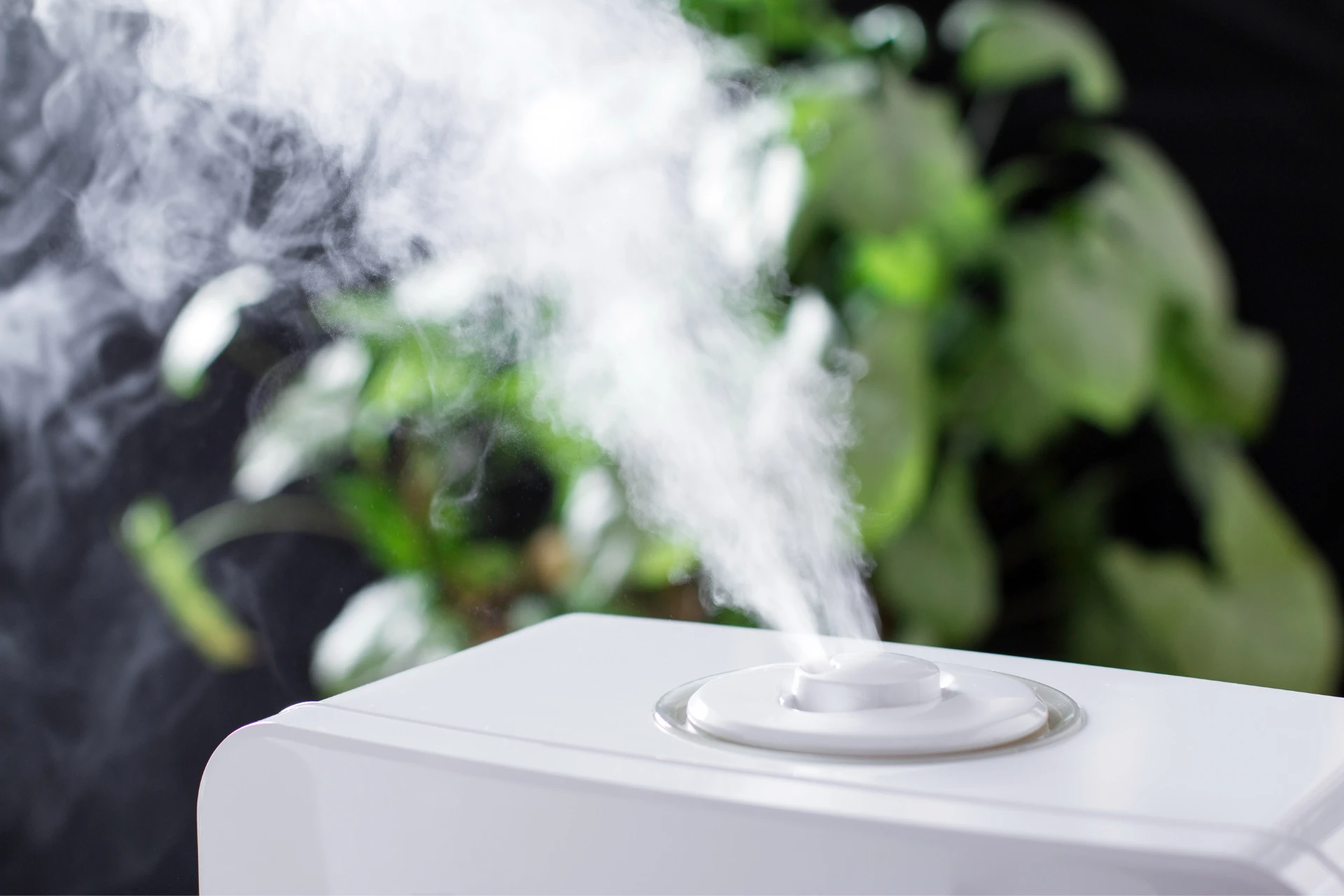
Pink princess philodendron daytime temperatures of 65-80°F and nighttime lows around 60°F suit the Pink Princess best. Average household humidity is fine, but you can boost moisture with pebble trays or a humidifier. Avoid placing near heating/cooling vents.
Fertilizing
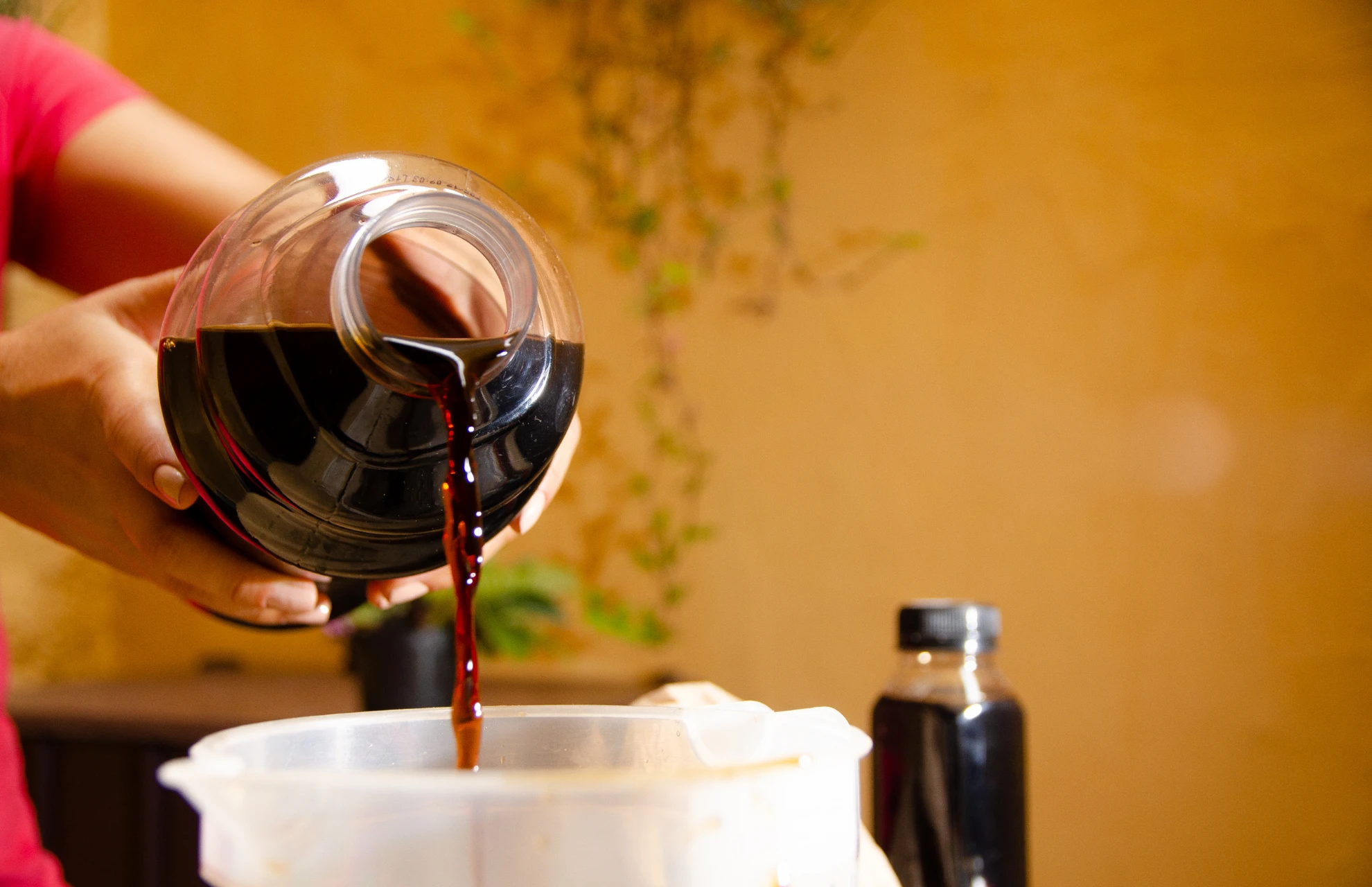
When you fertilize your pink princess philodendron, use a balanced liquid fertilizer at half strength every 2-4 weeks in spring and summer. Discontinue fertilizing over winter when growth naturally slows.
Pruning pink princess philodendron
Remove any yellow, damaged, or dead leaves at the base of the plant. Pruning encourages fuller growth and allows the plant to focus energy on new leaves rather than declining foliage.
Repotting pink princess philodendron

Repot every 2-3 years in spring, moving it to a slightly larger, plastic container. Use a well-draining potting mix amended with perlite for aeration. Take care not to damage the roots when repotting.
Propagating
Propagating pink princess philodendron is an easy, rewarding way to fill your home with these beauties while sparing your savings. With proper propagation techniques, your plant can flourish into a full royal court via stem cuttings.
Starting new pink princesses from stem cuttings is a breeze. Choose a healthy stem with aerial roots or “nodes” and remove the leaves, keeping two inches on either side of the nodes. Place the cutting horizontally in the potting mix, leaving the nodes exposed.
The nodes will generate fresh roots and leaves, creating an entirely new plant. For an even easier propagation method, suspend a trimmed stem with nodes in water. In about 2.5 inches of water, aerial roots will emerge from the nodes in no time.
Once firmly rooted, transplant your brand-new pink princess into a potting mix and watch it grow!
Propagating allows these coveted houseplants to become abundantly available for all plant parents to enjoy. In no time at all, you can be the proud progenitor of multiple pink princesses to display their vivid foliage throughout your indoor kingdom.
Growth Zone

Pink princess philodendrons are considered tropical plants suited for zones 10-12. These warmer zones include areas like Southern California, Florida, Hawaii, and other frost-free regions. Being a tropical plant, the pink princess philodendron cannot tolerate freezing temperatures or frosts.
It must be kept as a houseplant in all other zones.
If you don’t live in zones 10-12, you can still enjoy the beauty of the pink princess as a houseplant. Its tropical origins mean it will flourish in normal indoor conditions. Give it plenty of bright, indirect light and average room humidity and temperatures to allow your pink princess philodendron to thrive indoors regardless of your outdoor USDA zone.
Pink Princess Philodendron Similar Plants
Pink Congo Philodendron
With elongated leaves of solid bubblegum pink variegation. Dark green veins provide an alluring contrast as they branch across the pink background. This exotic beauty is a made-for-each-other match between philodendron domesticum and philodendron welheimii. Unlike the pink princess philodendron’s bright pink variegation, the pink congo has dark variegation on them.
Prince of Orange Philodendron
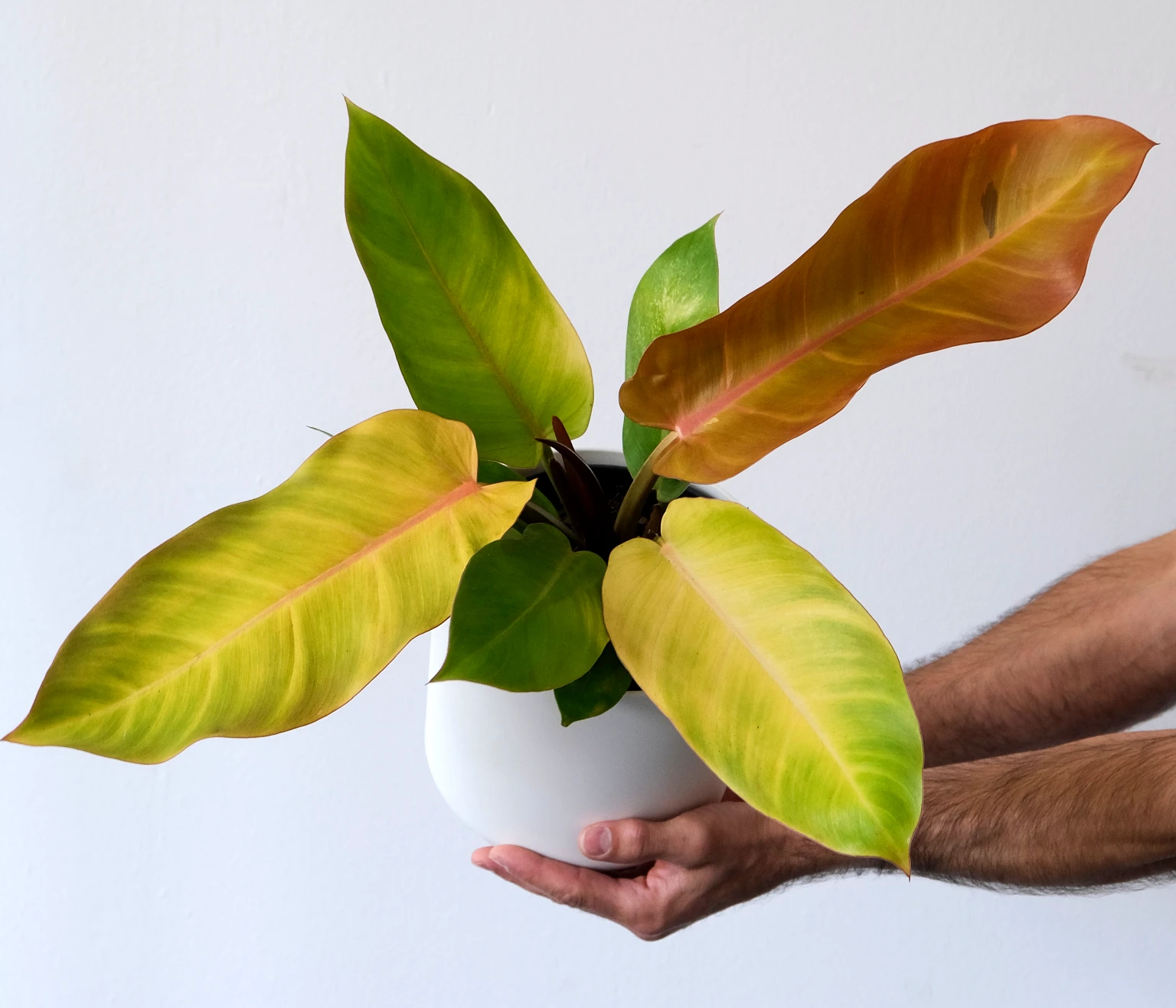
With green leaves and splashes of orange/yellow variegation on their leaves and have a vining habit when fully matured. Also considered philodendron erubescens in the Araceae family.
Imperial Red Philodendron
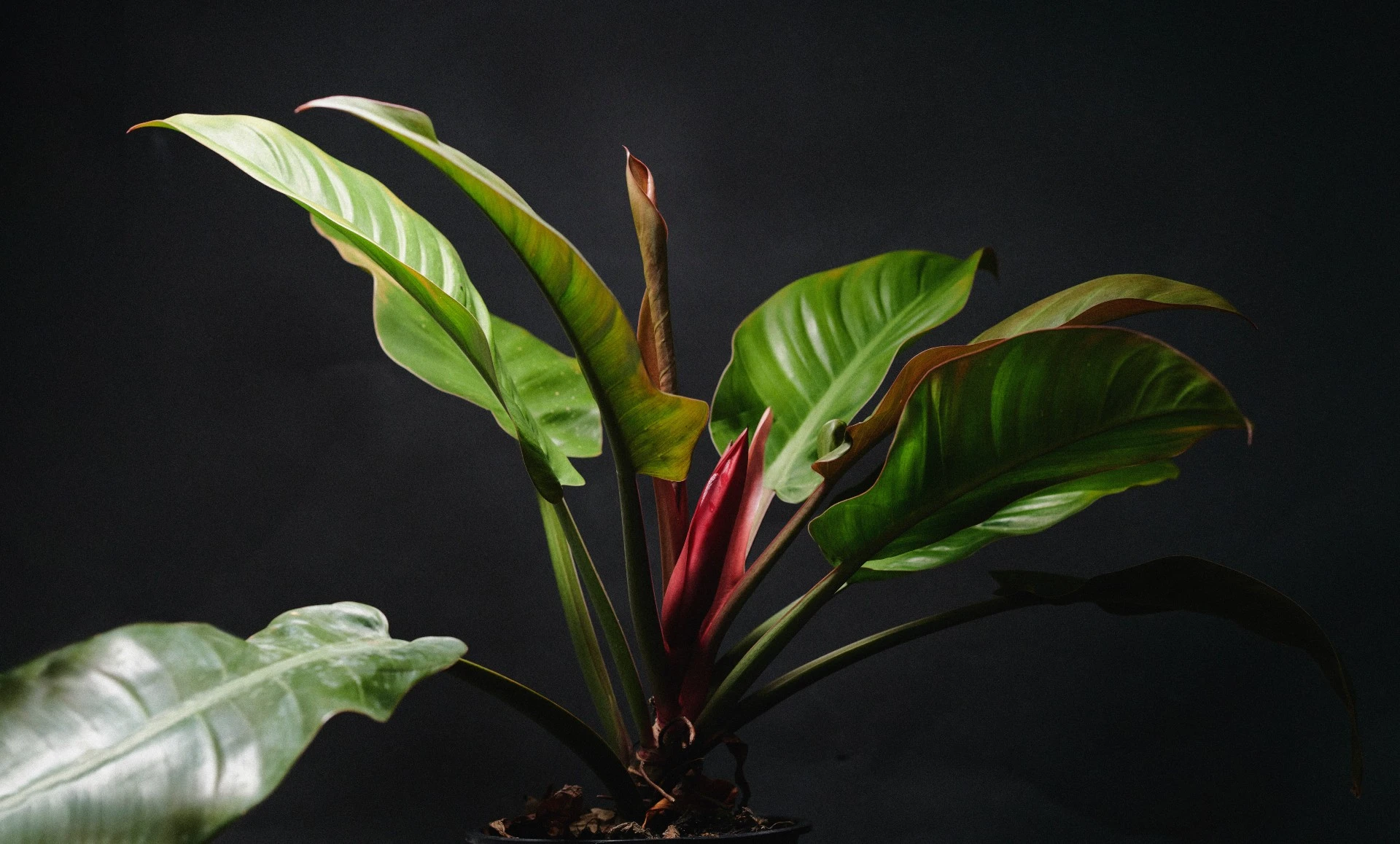
With dark burgundy leaves and a reddish underside. This blushing philodendron is another show-stopper due to its large, broad leaves that will transform your interior design to the next level.
Painted Lady Philodendron
A blushing philodendron with showy white and green variegated leaves on a compact plant.
Red Congo Philodendron
The red congo philodendron is an impressive tropical plant known for its large, deep reddish-green leaves. This philodendron variety gets its name from its massive leaves that resemble those of the African Congo plant.
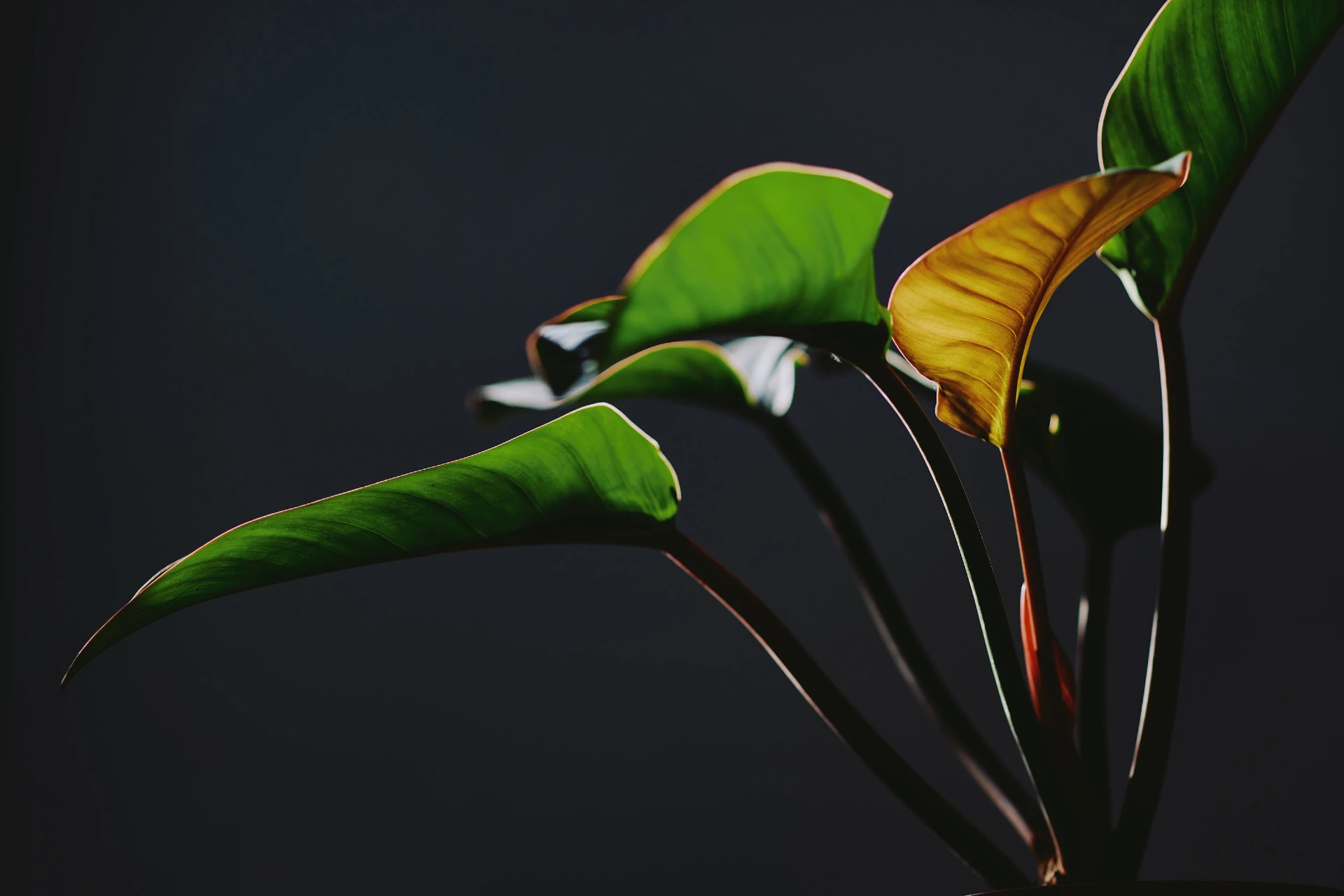
Red congo prefers bright, indirect light which helps maintain the deep red hue on the leaves. Lower light results in greener leaves.
Philodendron Pink Princess Plant Diseases & Pests
This exquisite pink princess philodendron is susceptible to a few diseases and pests that can mar its beauty. With preventative care, you can help your plant avoid these potential problems.
Overwatering is the most common cause of disease in pink princess philodendrons. Soggy soil leads to root rot, where roots blacken and die off from lack of oxygen. Prevent root rot by allowing the soil to partially dry out between waterings and providing a well-draining potting mix.
Bacterial and fungal leaf spot diseases also thrive in wet conditions for our pink princess philodendron. Small spots on leaves can spread and cause dieback. Keep leaves dry, prune affected areas, and use fans to increase air circulation.
Insects like spider mites, aphids, and mealybugs can infest philodendrons. Check the undersides of leaves regularly for pests. Wash plants with soapy water or use horticultural oils to treat infestations. Isolate-affected plants.
By providing optimal growing conditions and monitoring closely for issues, you can help your pink princess philodendron grow healthily and gracefully. Reward its royal beauty by keeping diseases and pests at bay.
Frequently Asked Questions
Philodonia pink princess is a unique and prestigious plant worth purchasing from plant lovers. A high price was attributed to the rarities of this product, and the low rate of economic activity as it became less widely used. However, its lifespan and easy maintenance make it an important piece of plant collection.
Yellowing leaves often indicate overwatering. Allow the soil to dry out more between waterings. Yellow leaves can also mean too much direct sun. Move the plant farther away from the southern windows.
Regular pruning encourages bushier growth. Remove any leggy stems back to a leaf node and new stems will be generated. You can also propagate cuttings to generate brand-new plants.
The Pink Princess needs bright, indirect light to maintain its vivid variegation. If light levels drop too low, the leaves will revert to all green. Move the plant to a brighter location.
With its regal colors and tropical vibe, the Pink Princess Philodendron is sure to be the crowning jewel of your indoor plant collection. Follow these tips and you’ll be able to enjoy this beautiful plant for many years to come. The Pink Princess may be a showstopper, but it’s not difficult to grow with the proper care regimen.
The Pink Princess tends to produce smaller leaves when it’s positioned in lower light conditions. Move the plant to a spot with brighter, indirect light and the newer leaves should grow larger. Smaller leaves can also indicate the plant needs repotting into a bigger container.
A: Leggy growth usually means the Pink Princess needs more light. If simply moving the plant doesn’t compact and strengthen the stems, you can prune it back by cutting the leggy stems back to a leaf node. New stems will be generated from that point and should grow bushier.
Fertilize every 2-4 weeks during the active growing period in spring through summer. Use a balanced houseplant fertilizer at half-strength. Discontinue fertilizing over the winter when growth slows down.
Whether you want to buy, sell or simply reach out to other plant enthusiasts, Plantly is the right place to be!
-
$6.00Sold By: Smoot's Farm
In stock
Succulent Succulent Haworthia Herbacea 2″ Pot Live Plant
Only 5 available and it’s in 1 people’s basketRated 4.89 out of 5 based on 27 customer ratings00Sold By: Smoot's Farm -
$44.00Sold By: NEEPA HUT
In stock
6″ Braided Money Tree Plant + Planter Basket
Only 10 available and it’s in 3 people’s basketRated 4.99 out of 5 based on 221 customer ratings06Sold By: NEEPA HUT -
$11.99Sold By: Succulent Oasis
In stock
Cactus Plant Medium Chamaelobivia “Rose Quartz”
Rated 4.84 out of 5 based on 352 customer ratings02Sold By: Succulent Oasis -
$12.99Sold By: BubbleBlooms
In stock
Pilea peperomioides / Chinese money plant / Chinese missionary plant
Only 993 available and it’s in 4 people’s basketRated 4.81 out of 5 based on 279 customer ratings04Sold By: BubbleBlooms
